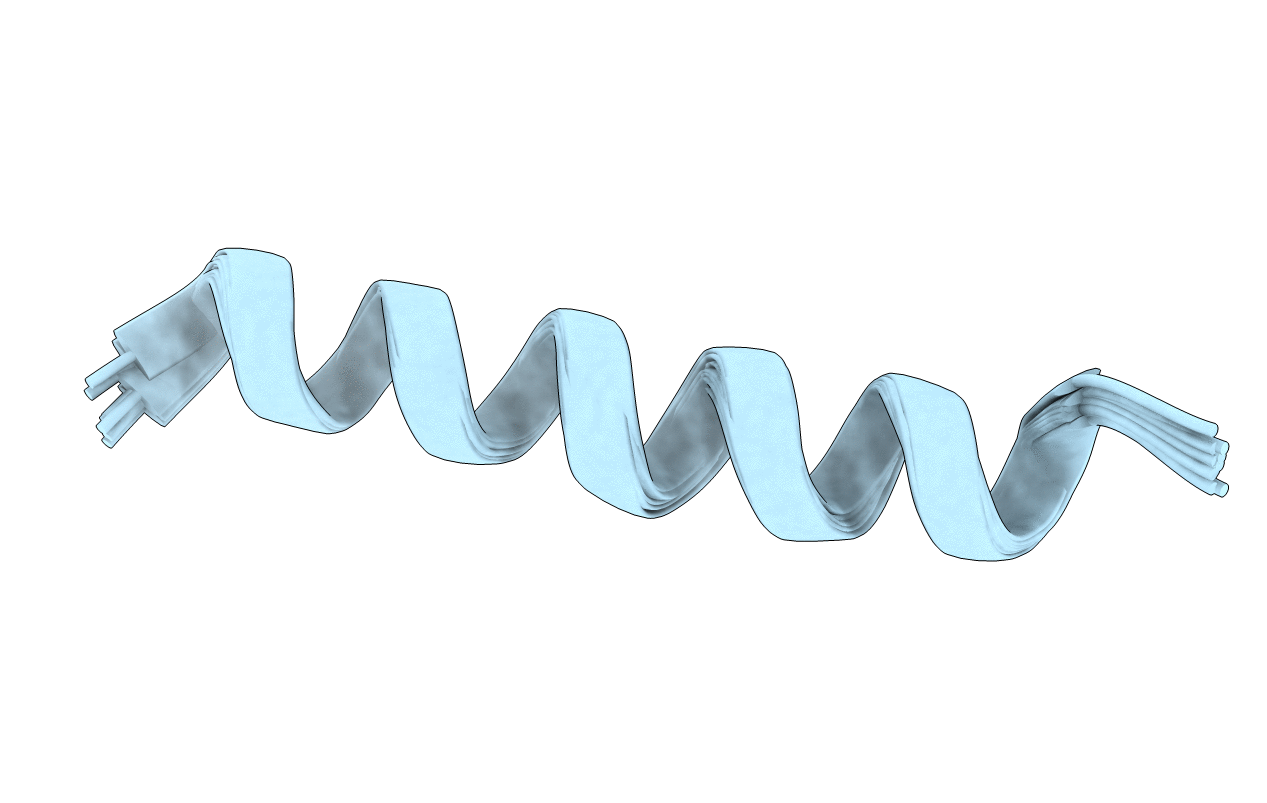
Deposition Date
2019-06-21
Release Date
2019-10-16
Last Version Date
2024-11-06
Entry Detail
PDB ID:
6PF0
Keywords:
Title:
SOLID-STATE NMR STRUCTURE OF PISCIDIN 1 IN ALIGNED 4:1 PHOSPHATIDYLCHOLINE/CHOLESTEROL LIPID BILAYERS
Biological Source:
Source Organism:
Morone saxatilis (Taxon ID: 34816)
Method Details:
Experimental Method:
Conformers Calculated:
100
Conformers Submitted:
10
Selection Criteria:
structures with the lowest energy


